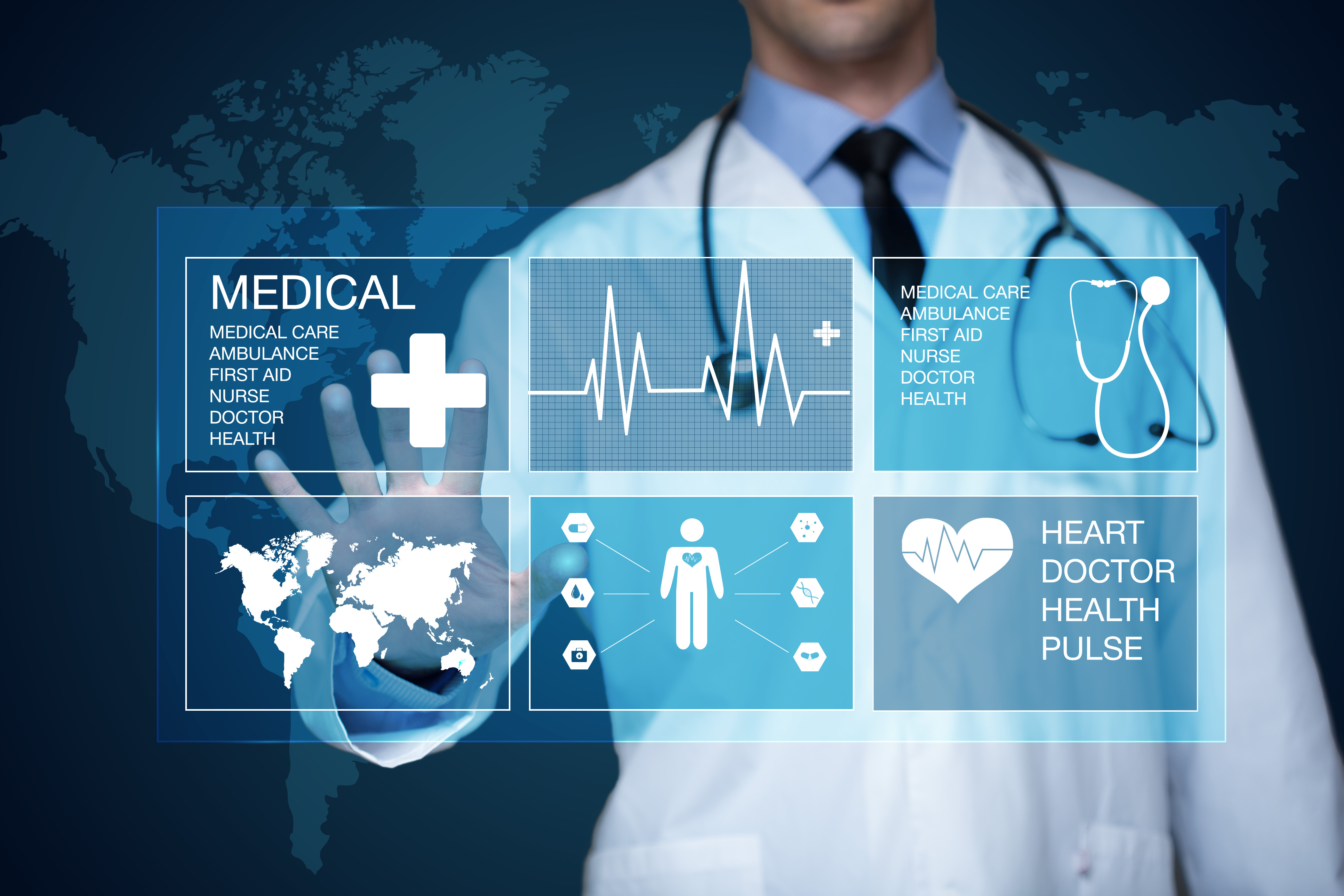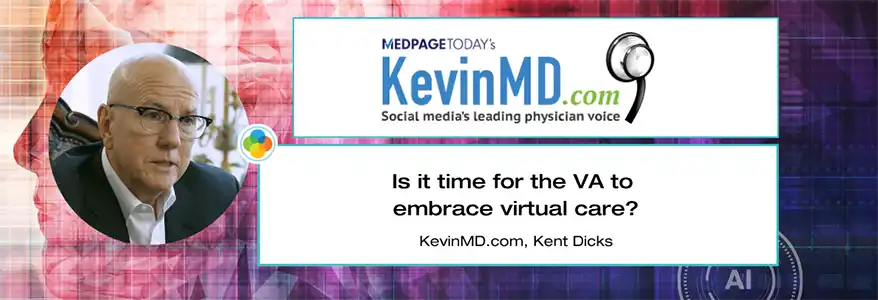Kent E. Dicks, Founder & CEO of Life365, shares his insights on designing patient-centric digital health solutions, accelerating remote care adoption and driving innovation at scale.
This article will focus on how patients and clinical staff can benefit from implementing remote patient monitoring programs, including addressing social determinants of health, improving health equity, and achieving the healthcare quadruple aim.
How RPM affects Social Determinants of Health
The World Health Organization has defined Social Determinants of Health as “the conditions in which people are born, grow, live, work and age” and “the fundamental drivers of these conditions.”
We’ve listed some areas below where RPM can help to address social determinants of health;
Transportation
RPM can help alleviate, or remove, transportation barriers. Transportation is a common barrier when seeking access to care; lack of physical mobility, cost, access to transportation, lack of a support system - the list goes on. We also know that 1 in 5 Americans lives in a rural location, and rural residents face large discrepancies in healthcare equality compared to those living in urban locations.
Remote monitoring can help patients access appropriate care to their providers and specialists, when not conveniently accessible. This can save patients time, money, and enables them to stay where they are most comfortable.
Health Literacy
Low Health literacy is associated with worse healthcare and healthcare outcomes, and according to the HHS, more than one third of the adults in the U.S. have limited health literacy.
Patients need to understand the information that is important to achieving and maintaining their health. Remote patient monitoring solutions contain tools that can provide patients with educational content and access to educational tools that can help them better understand their conditions, how to provide self-care, become familiar with medical terms and how their body works, and how to interpret data to help make better informed decisions.
Social Support Networks
Social support includes family and friends readily available to help the patient. Lack of social support has been associated with depression and mortality, and a higher degree of incapacity due to chronic disease. RPM can provide additional support for individuals without a strong support system, and enhance existing support systems. Families and patients can have peace of mind, knowing they are being monitored, and if assistance is needed, they can connect with their care providers remotely.
Access to Quality Healthcare
Physical access to quality care providers and specialists can be a barrier for many patients. Remote monitoring and telehealth tools can help patients stay connected to providers and specialists they would not be able to regularly access, and may have skipped care altogether.
Health Equity
The CDC defines health equity as the opportunity for a person to “attain his or her full health potential” and where no one is “disadvantaged from achieving this potential because of social position or other socially determined circumstances.” They explain that health inequities are, “reflected in differences in length of life; quality of life; rates of disease, disability, and death; severity of disease; and access to treatment.”
Leveraging virtual care, like remote patient monitoring, can directly impact factors of health inequity. Providing patients with tools and connectivity to connect with the care providers increases access to treatment, RPM enables proactive care models where faster interventions can take place to help reduce adverse health events - which can improve quality of life, severity of disease, and length of life.
How RPM affects the Quadruple Aim
Improving population health
RPM enables care teams to provide more personalized care, and optimize treatment for specific populations of patients. RPM can be beneficial for a variety of conditions, and solutions can be tailored to the appropriate level of care for that population. This enables providers to provide more targeted care, and can focus efforts on patients that may need more attention / may be higher utilizers of care, while still providing support to other populations of patients.
Reducing cost of care
Studies have shown that RPM can help in reducing readmissions and other preventable medical events. There is a high incidence of chronic conditions, and many are preventable, reversible, and manageable. RPM measures vital signs like blood sugar and blood pressure and transmits data to care providers for review. This can enable providers to provide preventative care, helping patients to make better health choices, and take required medications, which can lead to better outcomes that avoids decompensation and higher levels of care.
Enhancing the patient experience
Patients can receive more personalized care, including coaching, disease management education, input into their care plan, faster, and more targeted interventions, assistance with care navigation, and more. They receive support and tools to help them meet their treatment goals, which can drive confidence, engagement, and better outcomes.
Improving Provider Satisfaction
Physician burnout affects nearly 80 percent of physicians today. Leveraging remote monitoring technologies has the ability to help improve provider work balance and workflow efficiency. We discuss opportunities to improve the provider experience below;
- Reduce ED wait times. By leveraging telehealth, which many RPM tools include, patients with less severe acuity can be seen via telehealth, and if applicable, routed to an appropriate location of care, or follow up visit scheduled at a later date.
- Reduce administrative burden. Many RPM tools can be integrated directly into existing systems being used by providers. This eliminates the need to learn new systems, helping to reduce physician burden. Some features include automated time tracking, and care plan templates to help reduce administrative tasks and patient note taking.
- Extend the reach of staff. There may be an experience of provider shortage, or specialist shortages, RPM can help extend the reach of these providers. RPM enables providers to review real time and historical patient biometrics, and perform virtual visits. This can save providers travel time, and provide a more balanced working environment with the ability to monitor and see patients virtually.
- Improved clinical decision making. Providers receive a higher level of patient data for better decision making.
Latest Resources
Stay informed with our latest news, resources, and insights!
-1.png)


-1.png)
